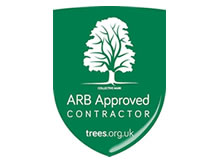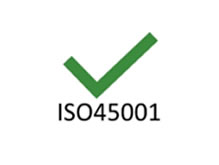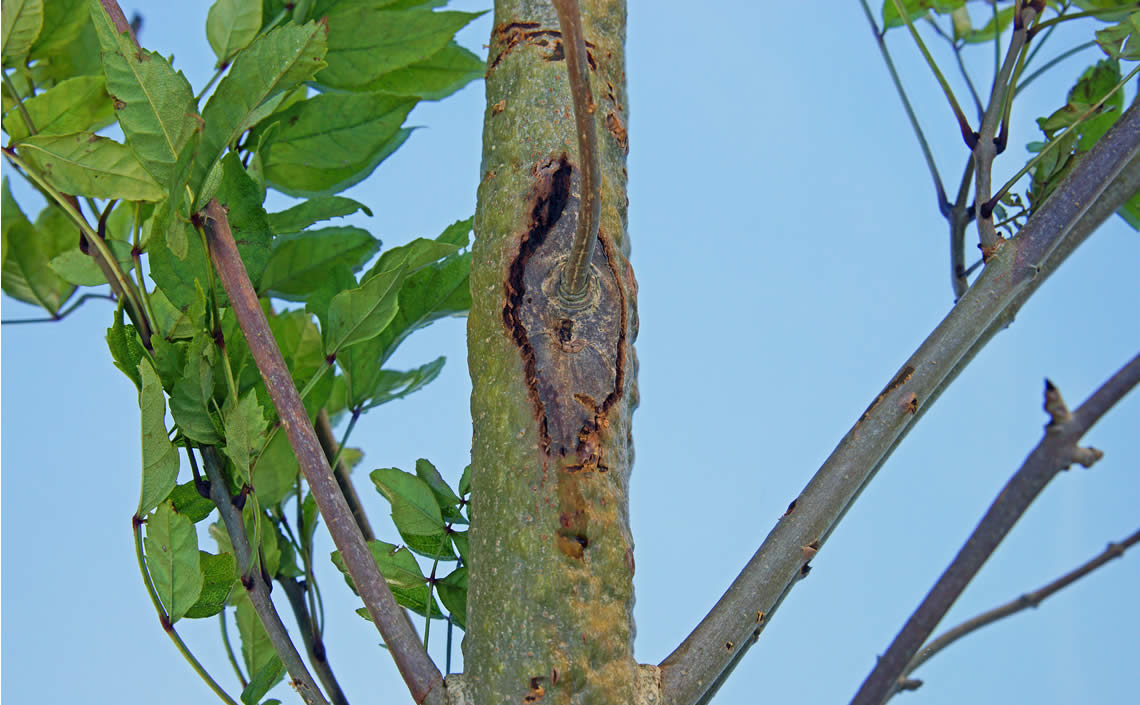What is ash dieback?
Ash dieback (Chalara) is a fungus which originated in Asia. It was first recorded in the UK in 2012 and has had devastating affects on our Ash trees since. It is likely that the UK will lose 95% of its Ash tree population, which will dramatically impact our landscapes, woodlands and habitats.
It is important to note that it does not pose a risk to the health of humans or animals.
What does ash dieback look like?
The symptoms of Ash dieback are more noticeable in summer months, and include;
- Leaves develop dark patches on that eventually turn black and wilt.
- Dark-brown, diamond-shaped lesions develop where branches meet the trunk.
- The stress from the fungus causes previously dormant buds to grow new shoots (epicormic growth)
How does ash dieback spread?
An infected Ash tree will release spores into the air, which can be carried miles away.
These spores land on leaves and then penetrate into the leaf and beyond. The fungus then grows inside the tree, eventually blocking its water transport systems, causing it to eventually die.
Ash dieback in Winchester, Southampton, Bishops Waltham, Fareham, Romsey, Andover, Petersfield, Basingstoke, Reading and surrounding areas.
Call to today to speak to one of our friendly staff about ash dieback.
Call TodayWhat do I need to do if I think my tree is infected?
If you suspect your Ash tree has signs of Ash dieback, it is important to diagnose this quickly. Our qualified surveyors can come to inspect your tree and confirm whether it is infected and advise on the best course of action.
If the infection is advance the tree can become brittle and weak and could be too dangerous to climb. Arbor Call Ltd have our own 25m Mobile Elevated Work Platform which will allow us to safely and efficiently dismantle the tree.
To minimise the spread of infection, our teams are trained in bio-security, and will ensure that the tree is removed and disposed of in a secure manner, whilst ensuring that tools, equipment and PPE are disinfected.
In addition to any remedial work, to help control the spread and identify where the disease is prevalent, any cases should be reported to https://www.forestresearch.gov.uk/tools-and-resources/tree-alert/
Frequently asked questions















